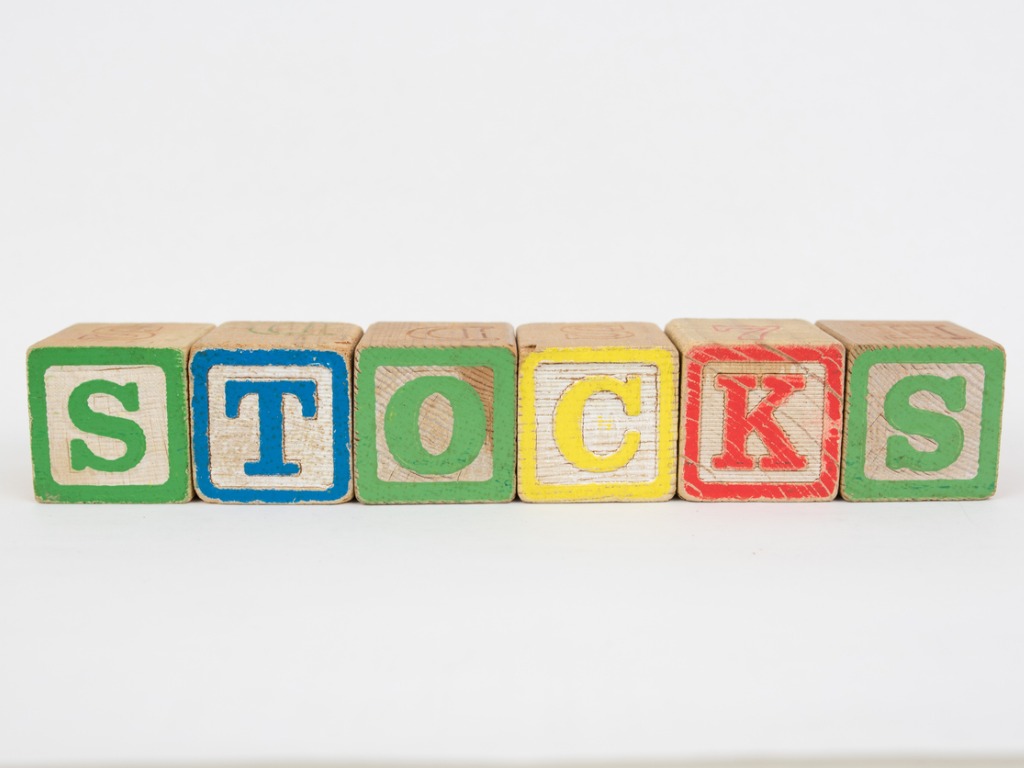[adzerk adTypes=”3832″ keywords=”approved-04072022″]
What is stock buying power? Perhaps the biggest obstacle for a novice trader is understanding complex trading terms and how investing works. Anyone can understand buy low and sell high, but the smaller details behind those decisions determine the effectiveness of your strategy. If you’ve heard the term stock buying power but don’t know what it means, fret not, because it’s fairly simple to understand. What’s more, clarifying this side of things will help you understand related parts of investing, such as margin accounts.
In this article, you’ll learn that:
- Stock buying power is the total amount of money you could use to buy a stock.
- Buying power is the sum of owned cash and available funds, such as from a margin account.
- Stock buying power works differently from the buying powers of other securities.
- Stock buying power is mostly related to margin trading, which is high-risk.
What Is Stock Buying Power?
Stock buying power refers to the total funds a trader has available to invest in a stock. Buying power is the total available funds to buy securities in general. Put simply, it is the money available in the trader’s brokerage account plus any margin available for borrowing, if applicable. The amount of money you could potentially spend and borrow together on stocks or other assets is your buying power for those assets.
Buying power exists as a term in many contexts, but in trading, you can think of it as the maximum you could spend on something before hitting the red. With margin accounts, traders can borrow money from brokers to expand their buying power, basically taking out a loan.
To understand buying power better, it helps to understand margin requirements.
Margin Requirements and Stock Buying Power
In case you’re unfamiliar with margins in trading, a margin account is an account where you can borrow money from the brokerage offering the account. Such an account uses cash and any offered securities as collateral if you can’t pay up, and the brokerage makes money through charging interest.
The point of margin accounts is to increase the total amount of available money you have to buy securities by borrowing more when you need to — hence, expanding your buying power. Think of margin accounts like you would getting a loan from a bank or using a credit card. You’re being lent money to spend more than you could have otherwise. In exchange, you’re charged interest, and you’ll have to pay back what you owe.
So what is a margin requirement? Every security, including stocks, can have a margin requirement, which is the minimum percent of securities investors must pay for with their own money. The important type of margin, for this example, is initial margin, which applies to any initial purchase of a security.
To better visualize this, imagine you have $3,000 in free cash and equity in your margin account. You want to buy as much of a stock as you can, and the Federal Reserve dictates the initial margin is at least 50%. This means 50% of your initial investment can be money you borrowed. You don’t have to borrow that much, but you can’t borrow more than 50%.
Calculating buying power from the initial margin is simple. If 50% of your buying power is $3,000, then your total buying power is $6,000, in the form of $3,000 in your own wealth and up to $3,000 of borrowed money. Basically, a 50% initial margin means the broker is willing to match your cash investment in the stock equally, but no more. In this case, you could also say you have two times buying power.
Buying Power and Leverage Trading
Leverage trading is a broader term for what we described above, covering all forms of borrowing money to acquire a bigger position on a security. The more profitable stock you can buy, the better when you sell it, right? So why not borrow as much money as you can? Well, the obvious risk is you miscalculate that stock, and it isn’t as profitable as you thought it would be. Or, perhaps you pull out at the wrong time. Any number of things could go wrong. Leverage trading, including buying on margin, is very high-risk.
However, just because your buying power is at a certain level doesn’t mean you have to buy in at max power. Instead of taking advantage of the 50% margin available for a stock, you could only take, say, a 5% margin. So if you invested $100 in the stock, only $5 would be borrowed and the other $95 would be your own money.
Keep in mind that margin accounts usually have rules preventing you from being too timid. Things like minimum deposits and a certain net worth serve as boundaries for whether you get to open and/or keep your margin account. They are for bigger-scale investors willing to take risks with borrowed money. It’s generally best for beginners to stay away from leverage trading initially, even if you have the funds to risk it.
Buying Power and Day Trading
If a brokerage account makes more than four day trades in five days, it qualifies as a pattern day trading account, in which case the buying power rules change. First, normal margin accounts typically require a minimum equity of $2,000. If this isn’t met, the trader gets a margin call, a demand from the broker to deposit cash or sell securities to make up the difference and reach the minimum equity again. Pattern day traders have a much higher minimum equity for their accounts: $25,000. Therefore, a big loss could lead to a nasty margin call.
That’s just the beginning, though. Instead of the 50% initial margin, day traders get a 75% initial margin. In other words, the trader only has to fund 25% of the investment at most, meaning he or she has four times buying power. Think of it as more room to borrow money in exchange for running a more volatile, frequent, and rich account.
Let’s put this down in solid numbers. If a day trader has $100,000 of total wealth in their account through cash and equities, they could borrow up to $300,000 if they risked it all on a trade. The total buying power is four times, adding up to $400,000.
What Does Option Buying Power Mean?
Option buying power differs slightly from stock buying power. First, options are not like stocks in that you can’t buy them on margins. So toss all consideration of borrowed money out the window. The only thing that matters with option buying power is the total amount of cash and equity in the account that you can allocate to options.
When you buy stock options, you have to be able to pay the premium if the deal ends up not being profitable. Options are more complicated to calculate for this topic, and more variables can change, but basically, you need enough buying power to cover the option’s entire cost.
What Happens if I Don’t Have Enough Buying Power?
Naturally, if you want to buy $10,000 of stock with your account but only have $4,000, you simply won’t be able to buy that much. If it were a margin account, however, and you deposited another $1,000, then you’d have $5,000 total and could get double that through financing, bumping you up to $10,000 in power.
Buying power is an important metric for someone making big trades to watch. For rich investors with secure positions in life, making a huge trade with the potential to lose tens of thousands of dollars or more might not be that big of a deal.
Most investors, however, especially those dealing with plain cash brokerage accounts, don’t need to worry about the terms and rules related to borrowing money for big trades. Margin accounts could be worthwhile later if you scale up your portfolio and wealth to a degree that you’re comfortable taking the risks, but they are typically not for beginner or intermediate investors.
Balance Risk and Reward When Buying Stocks
Investing your own money in the stock market is usually enough risk for most people. Some open margin accounts and borrow money to make bigger plays, but you have no obligation to do so, and if you’re like most people, it’s either impossible or impractical. If you are interested in margins and buying power, however, it’s critical to know their rules and limits to avoid getting a deep margin call.




